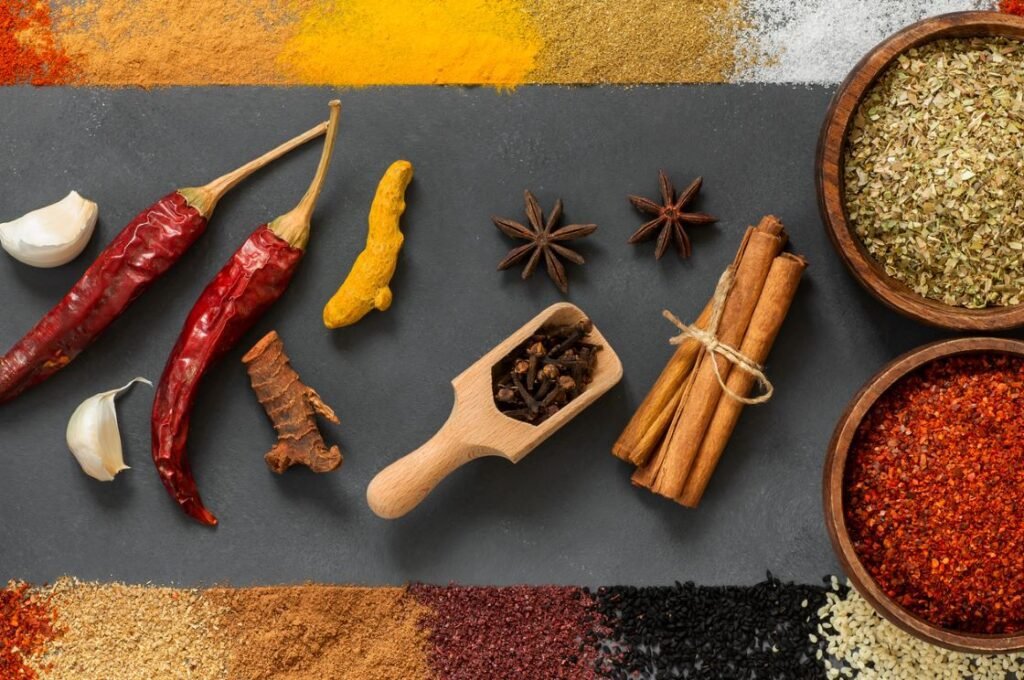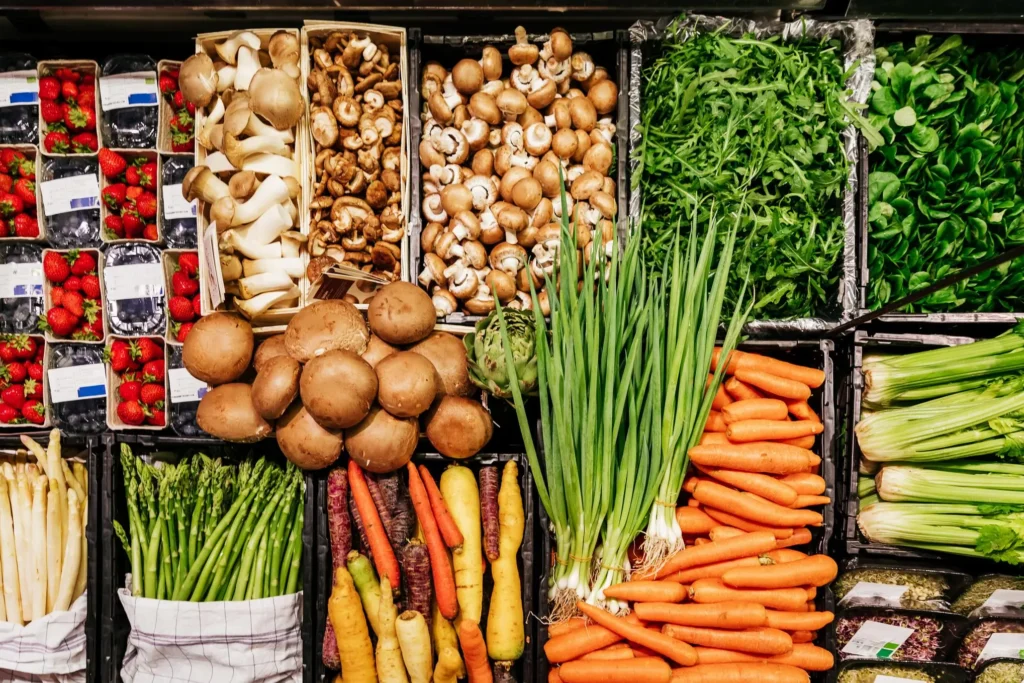When you dine at a top restaurant, you’re not just tasting the final dish — you’re also experiencing the journey of its ingredients. And often, it all starts with something close to home.
Across the UAE, a new generation of chefs is turning back to their roots. From desert herbs to sea treasures, these culinary artists are showing that local ingredients are not just trendy — they’re powerful, flavorful, and deeply meaningful. We spoke to some of the UAE’s most respected chefs to find out what local ingredients they can’t live without and why.
A Return to the Roots of Taste
Chef Fatima Al Saadi, a rising Emirati culinary star, believes that “local ingredients carry stories.” For her, the humble sidr honey is more than a sweetener — it’s a part of her childhood.

“Sidr honey from the mountains is special. It’s bold, rich, and unique. We used to have it with bread in the mornings. Now I use it in dressings, marinades, and even desserts,” she shares.
Chef Fatima is not alone. Many chefs are moving away from imported ingredients in favor of what the UAE’s soil and sea have to offer. Their approach is both sustainable and deeply personal.
Desert Treasures That Shine on the Plate
The UAE desert might look bare, but it’s hiding culinary gems that chefs are now proudly showcasing.
Take desert truffles, known locally as “Faggaa.” For Chef Ali Nasser, they are the UAE’s answer to the prized French truffle.
“People don’t realize how special desert truffles are. They grow after the rain, and when they do, it’s a celebration in my kitchen. Their earthy flavor is perfect with lamb or even in a risotto,” he says.
Then there’s zaatar, the wild thyme that grows in the region’s cooler areas. Some chefs now forage it themselves. It adds a citrusy zing to everything from flatbreads to grilled fish.
Chef Mariam Hassan likes to make her own spice mix using local zaatar. “It has a stronger aroma than imported ones. When you use it fresh, it completely transforms a dish,” she notes.

From the Gulf to the Grill: Seafood with Soul
Seafood has always been a part of Emirati life. But now, chefs are reintroducing diners to underused local fish that are rich in flavor and affordable.
Chef Rashid Al Mazrouei loves cooking with Shaari (Emperor fish), a catch commonly found in the Gulf.
“It’s firm, flavorful, and doesn’t fall apart when grilled. I pair it with a spicy tamarind sauce, which balances the sweetness of the meat,” he explains.
He’s also a fan of Jesheed, a dish made with baby sharks, seasoned with loomi (dried lime) and spices. It’s traditional, but when plated right, it impresses even international guests.
“You can’t talk about UAE cuisine without mentioning our fish. It’s in our DNA,” says Rashid.
Local Spices That Bring Dishes to Life
While many spices used in Emirati cuisine come from India or Persia, some are grown locally or uniquely adapted to the UAE’s palate.
One standout is loomi, the sun-dried black lime used in stews, rice, and even tea.
“Loomi is our secret weapon,” says Chef Huda Salem. “It’s tangy, smoky, and just a little bitter. I crush it into a powder and use it as a seasoning rub. It adds depth to everything.”
Then there’s saffron, which while not grown in large quantities in the UAE, is considered a luxury staple in many Emirati homes. Chefs now use it in creative ways — infusing it in oil, mixing it into desserts, or blending it with rose water for a fragrant syrup.

Dates: The Sweet Star of the UAE
It’s impossible to talk about local ingredients without mentioning dates. Once considered a basic food item, dates have now become the centerpiece of modern dishes.
Chef Nour Al Houti, who specializes in healthy cuisine, praises khalas dates for their natural sweetness and soft texture.
“They’re like nature’s caramel. I use them to sweeten smoothies, make syrups, and even as a base for chocolate truffles,” she says.
Some chefs are even smoking dates or stuffing them with goat cheese and nuts to serve as savory appetizers.
“Dates are incredibly flexible. They’re sweet, but when paired with salt or spice, they surprise people,” says Chef Nour.
Why Local Ingredients Matter More Than Ever
Using local ingredients isn’t just about tradition. For these chefs, it’s also about building a more sustainable and self-reliant food system.
By using what grows locally, they reduce the carbon footprint of their kitchens. They also support farmers, fishermen, and foragers — the unsung heroes of the culinary world.
Chef Ali explains it best: “When I use a fish caught that morning in Dibba or honey made in the Hajar Mountains, I’m not just feeding people. I’m telling a story. One of pride, place, and purpose.”

The New Taste of the UAE
In a country that imports a large portion of its food, this movement toward local ingredients feels fresh — and necessary. And it’s not just traditional dishes getting a makeover. Chefs are using these ingredients in international recipes too — Italian pasta with Emirati truffles, French tarts with sidr honey, sushi with date syrup.
For diners, it means more than good food. It means connecting with a place through its flavors. And thanks to the passion of local chefs, those flavors are finally being given the spotlight they deserve.
Also read: How Dubai Became the Ultimate Destination for Food Lovers













